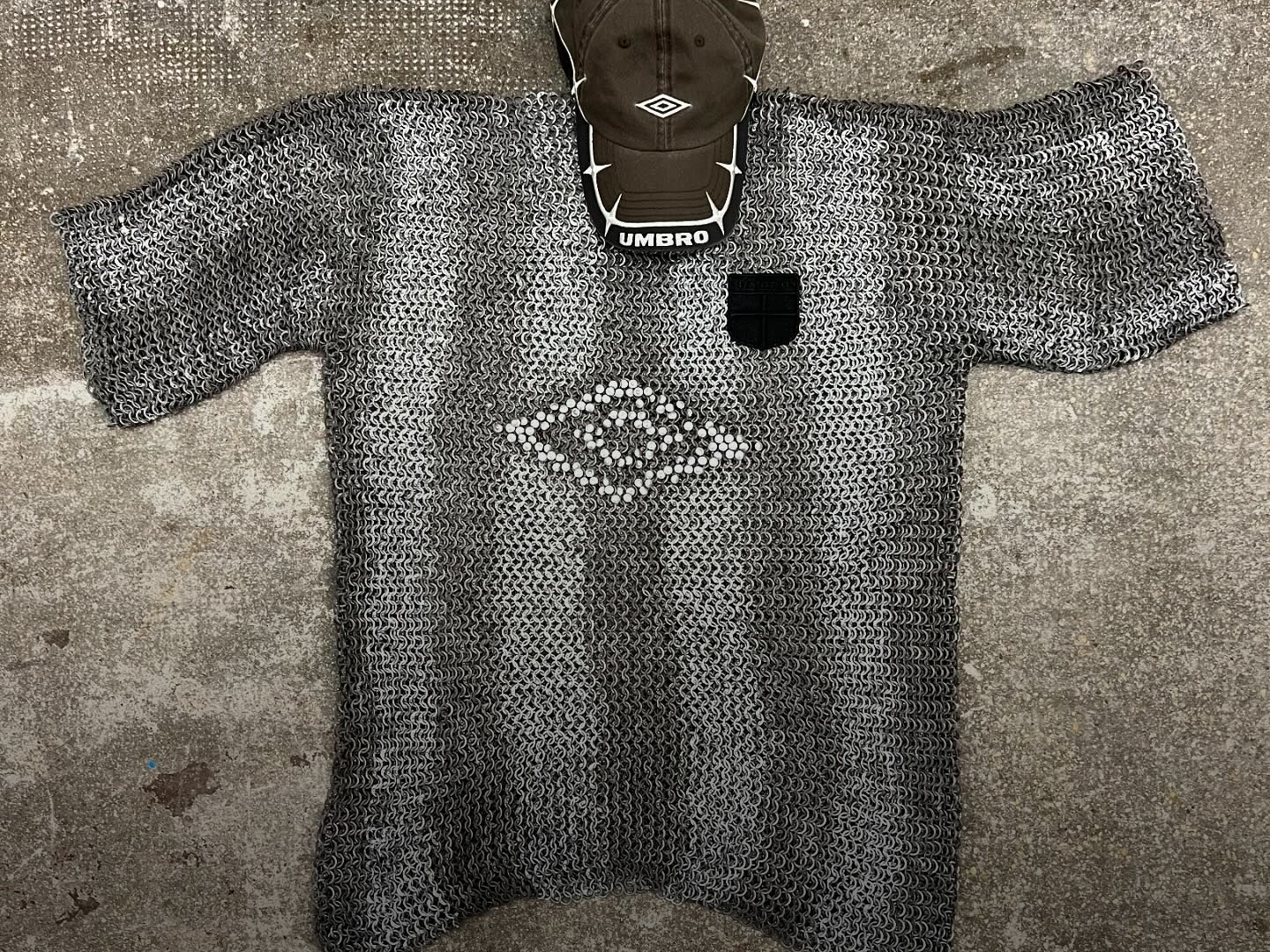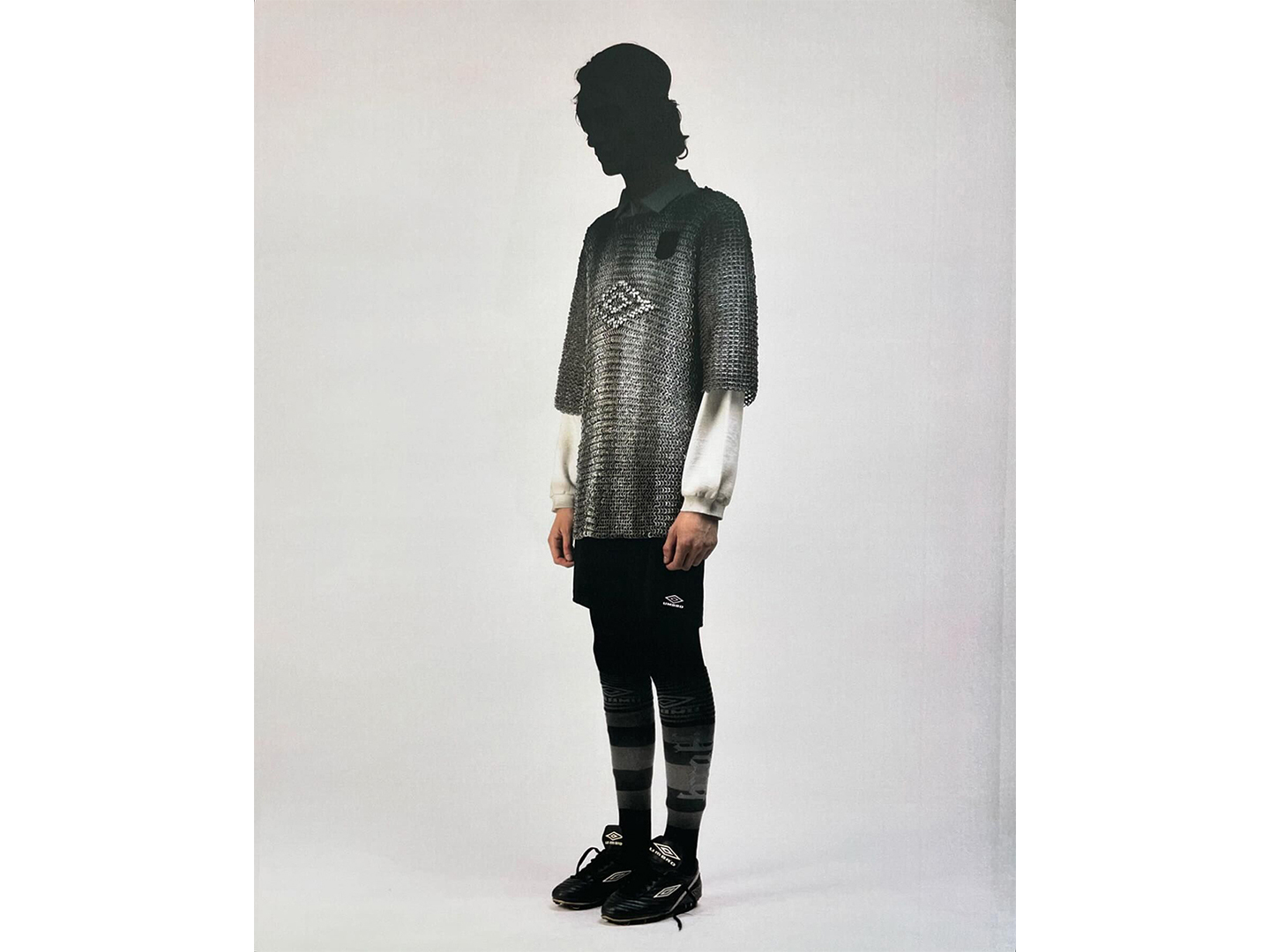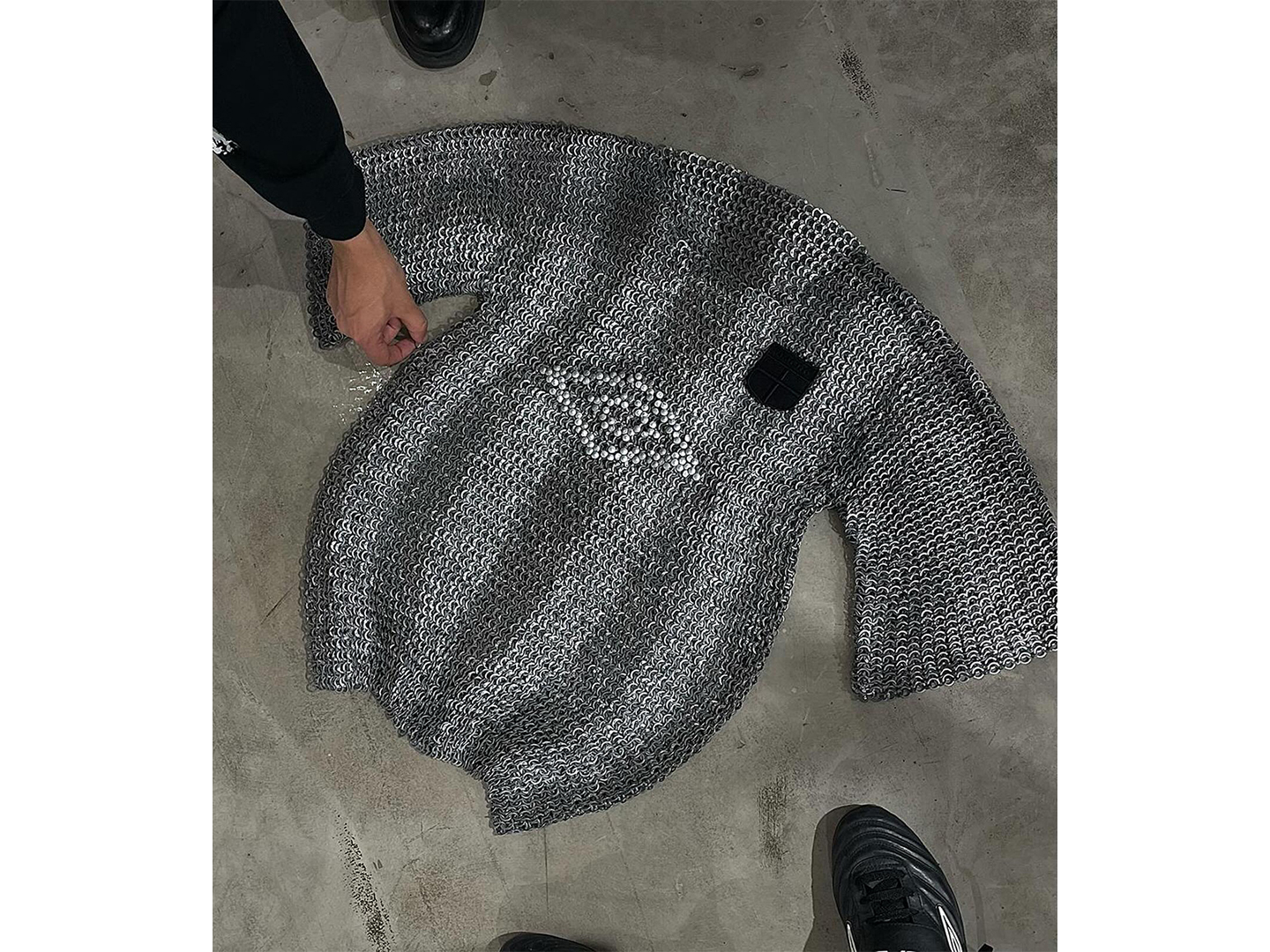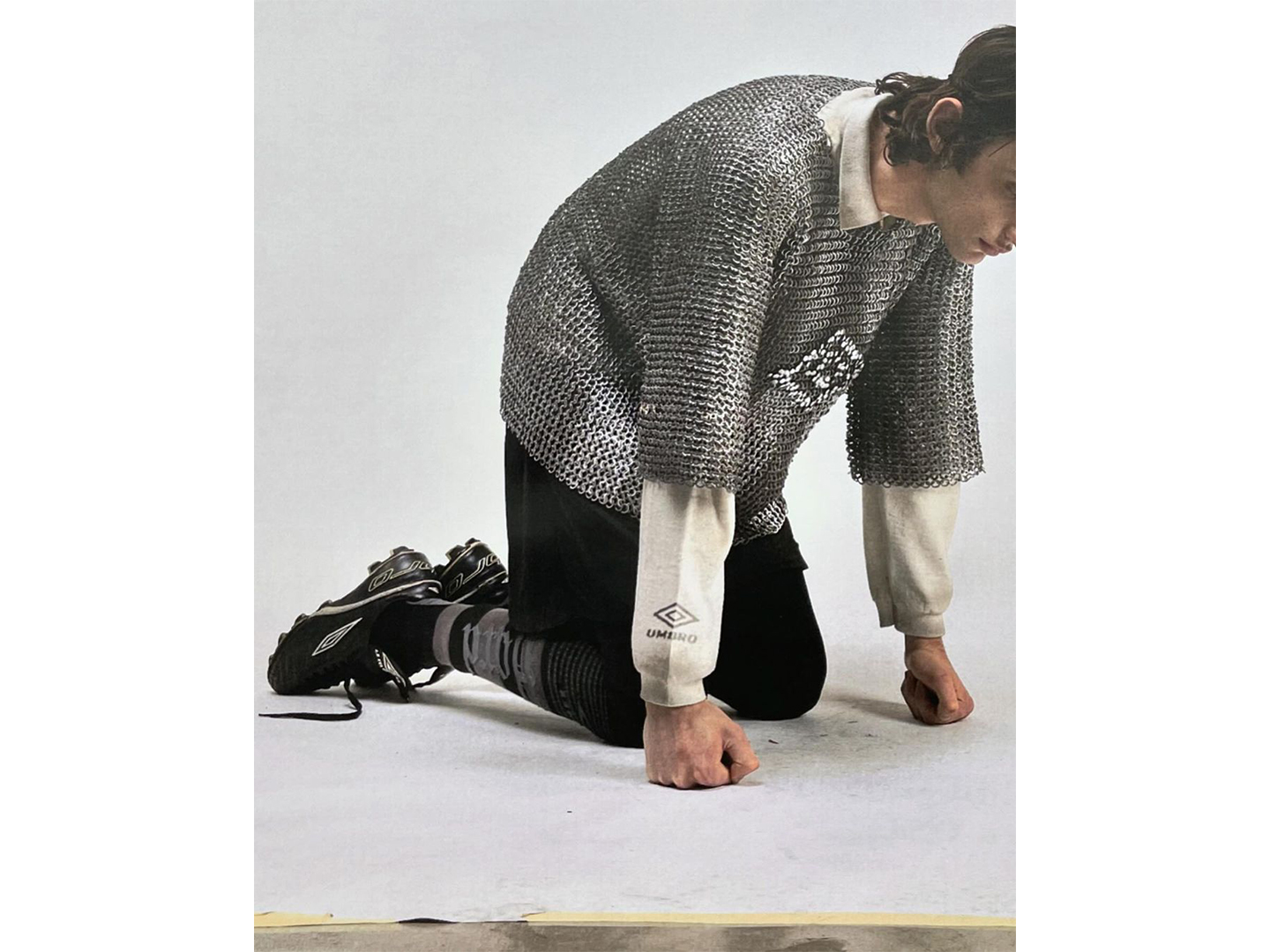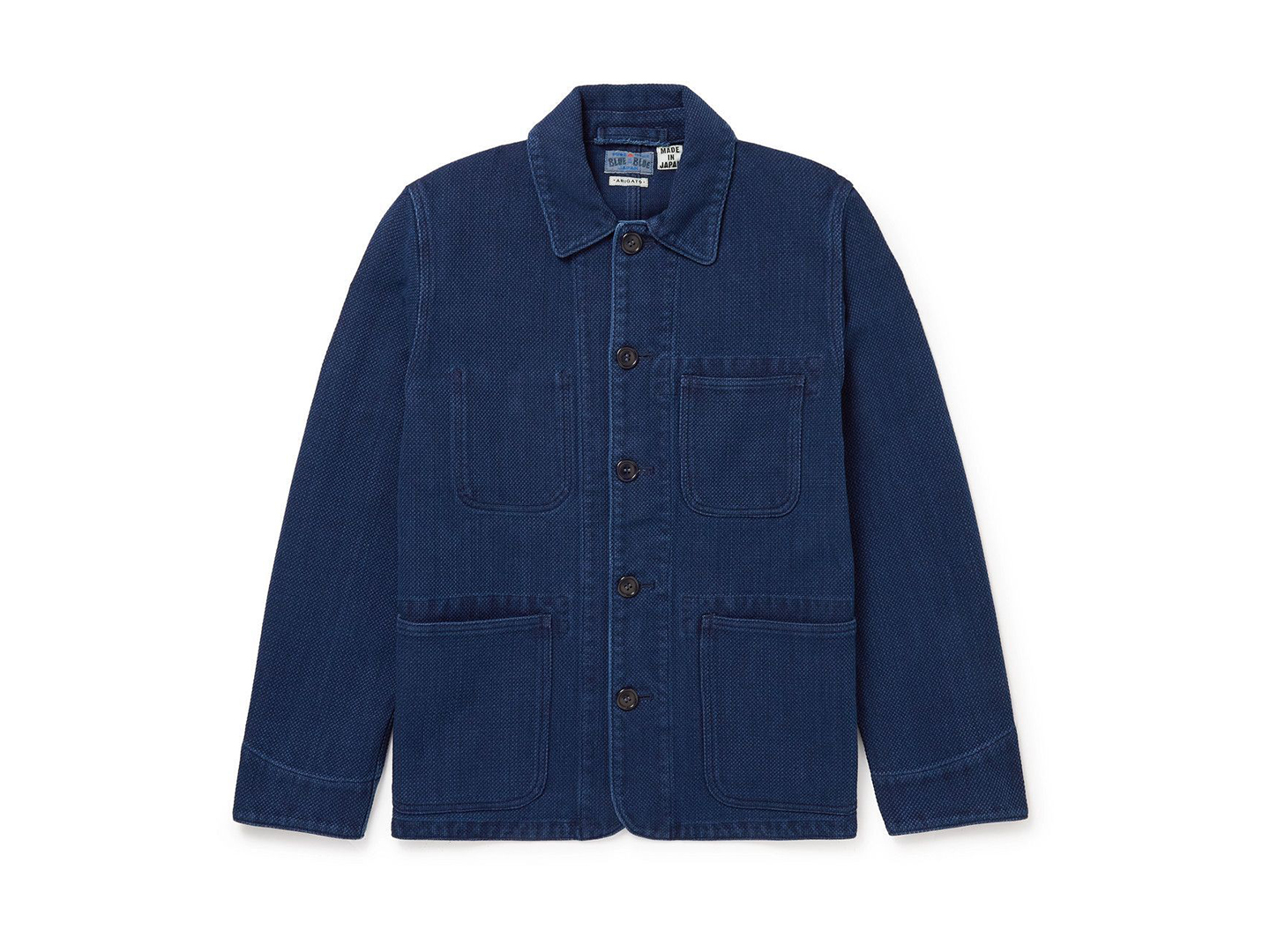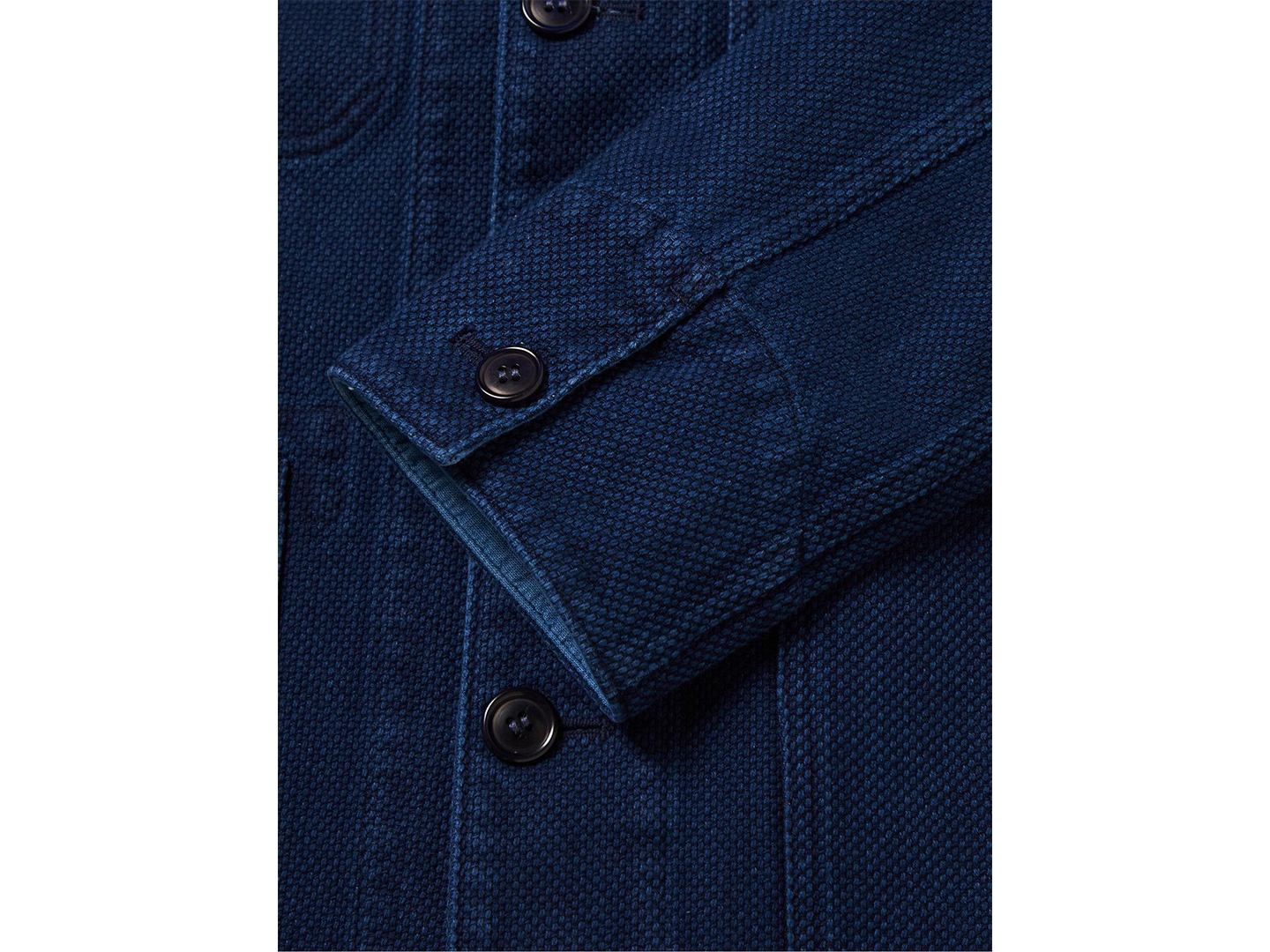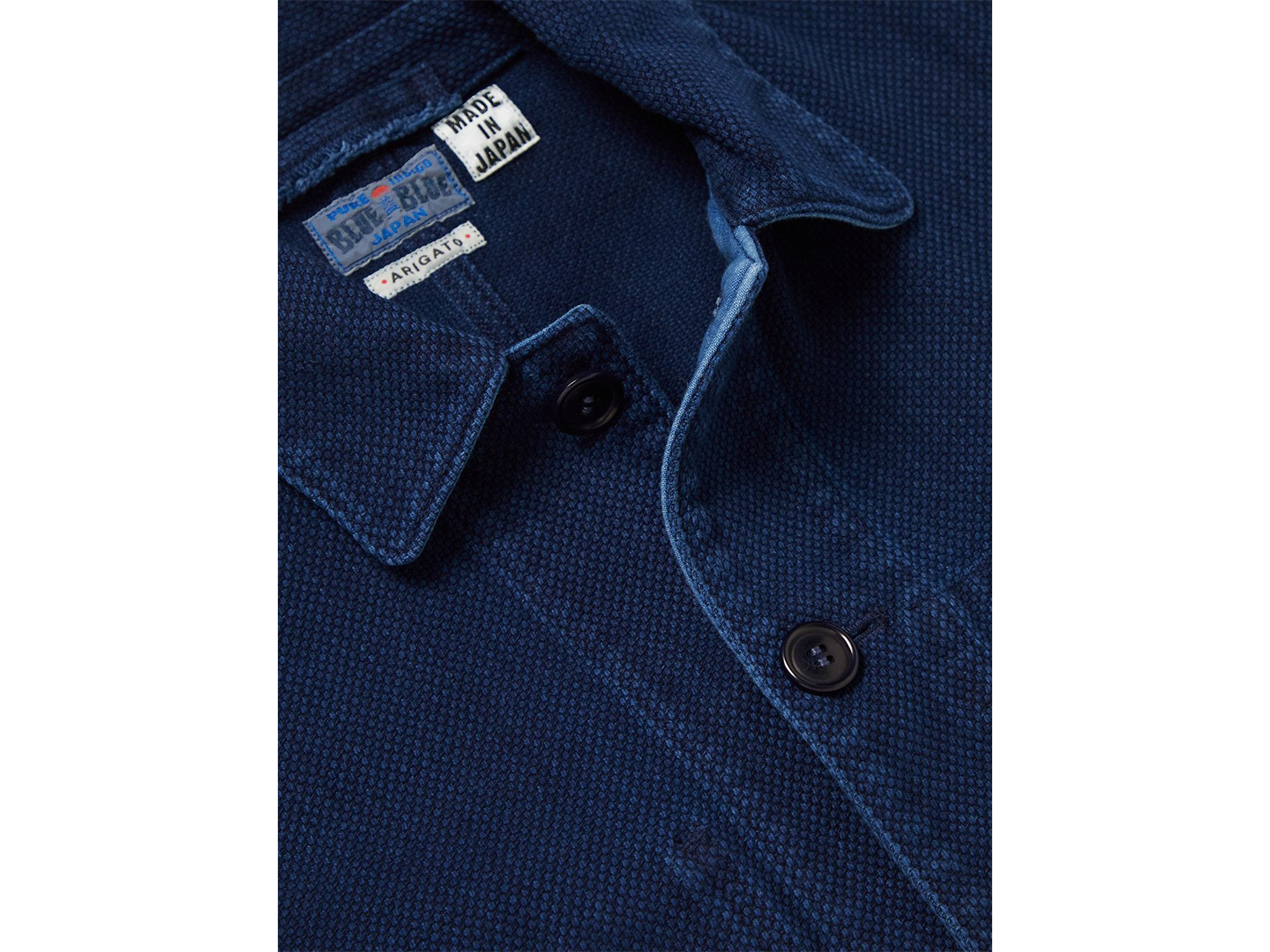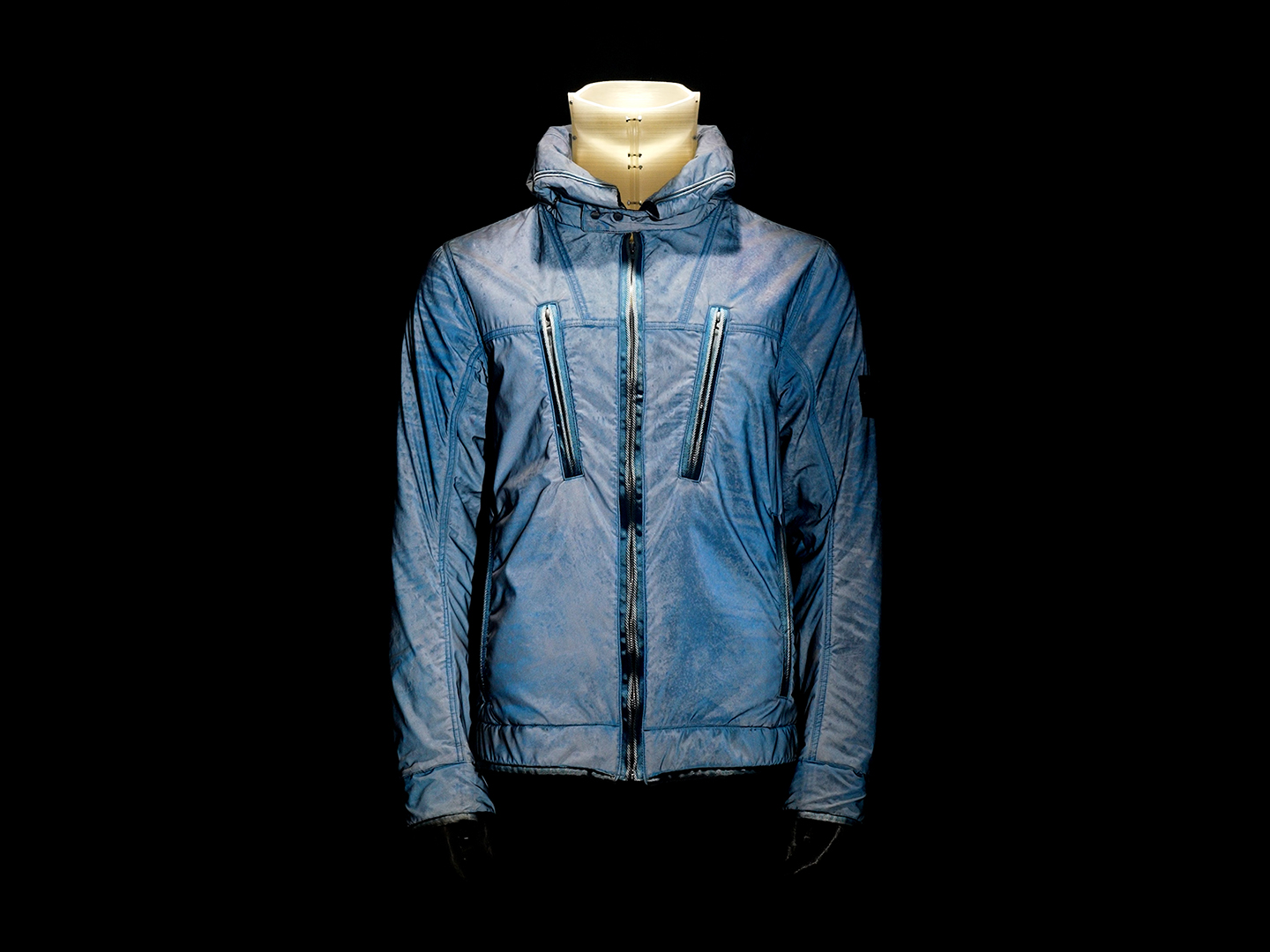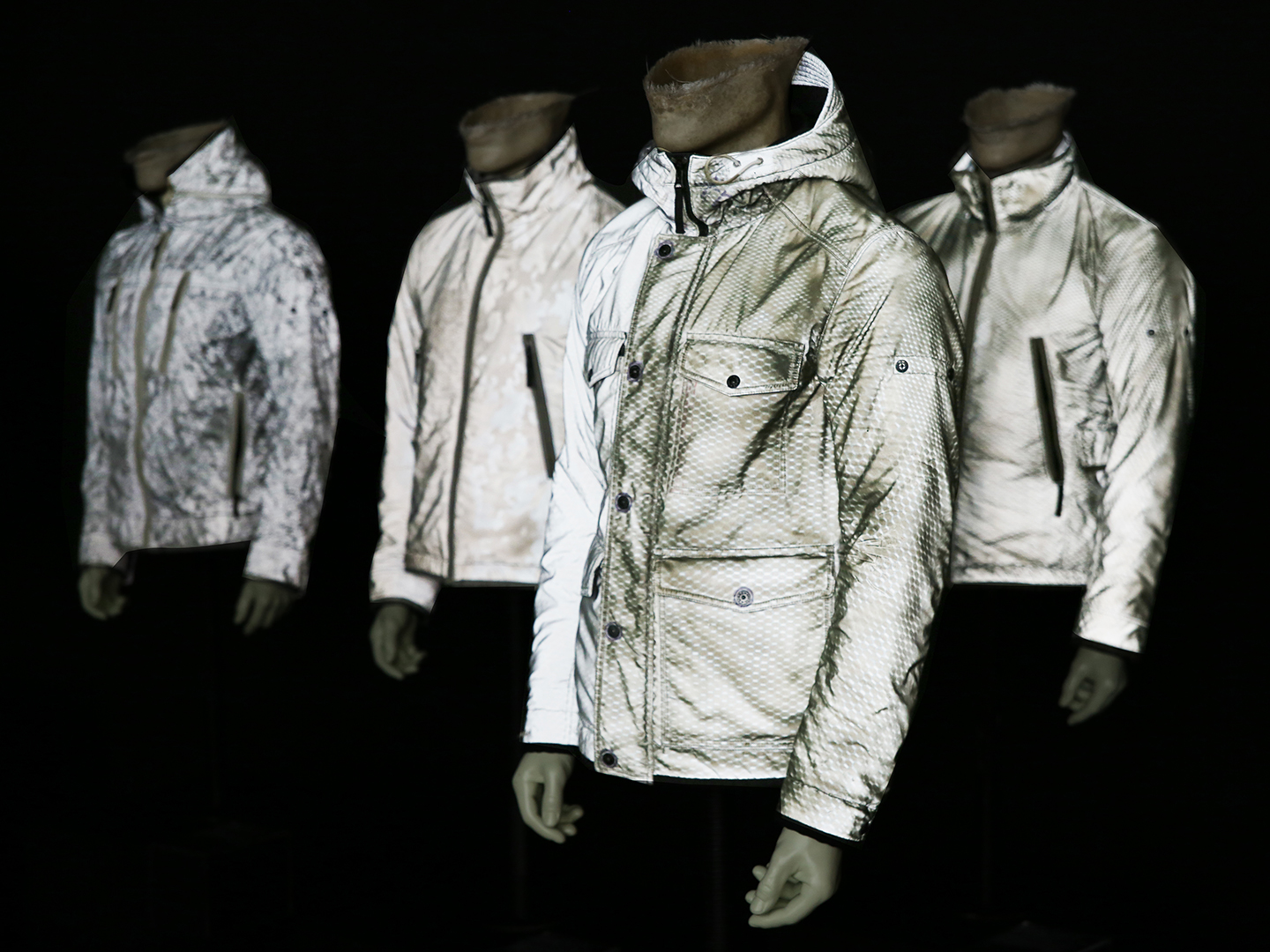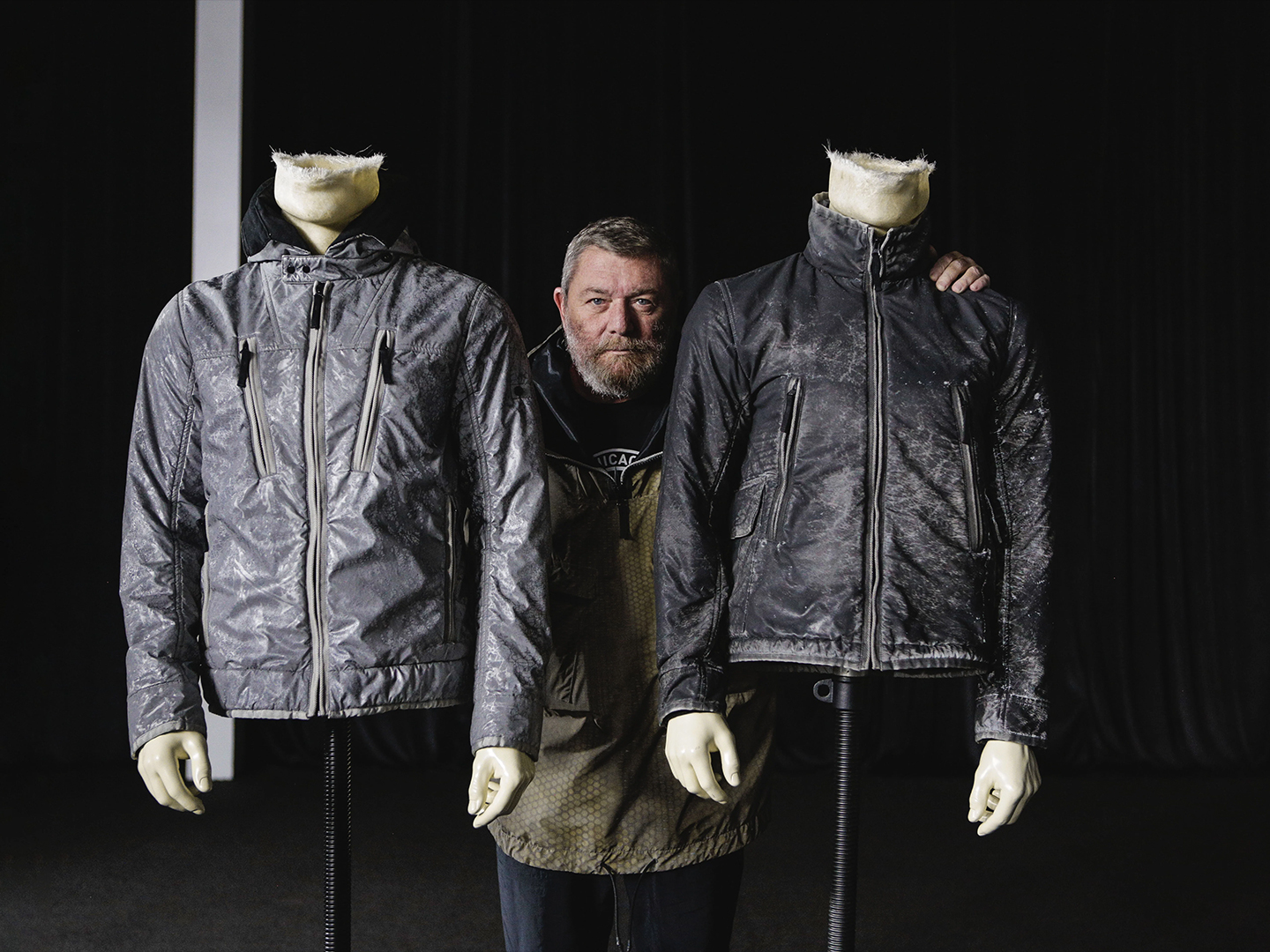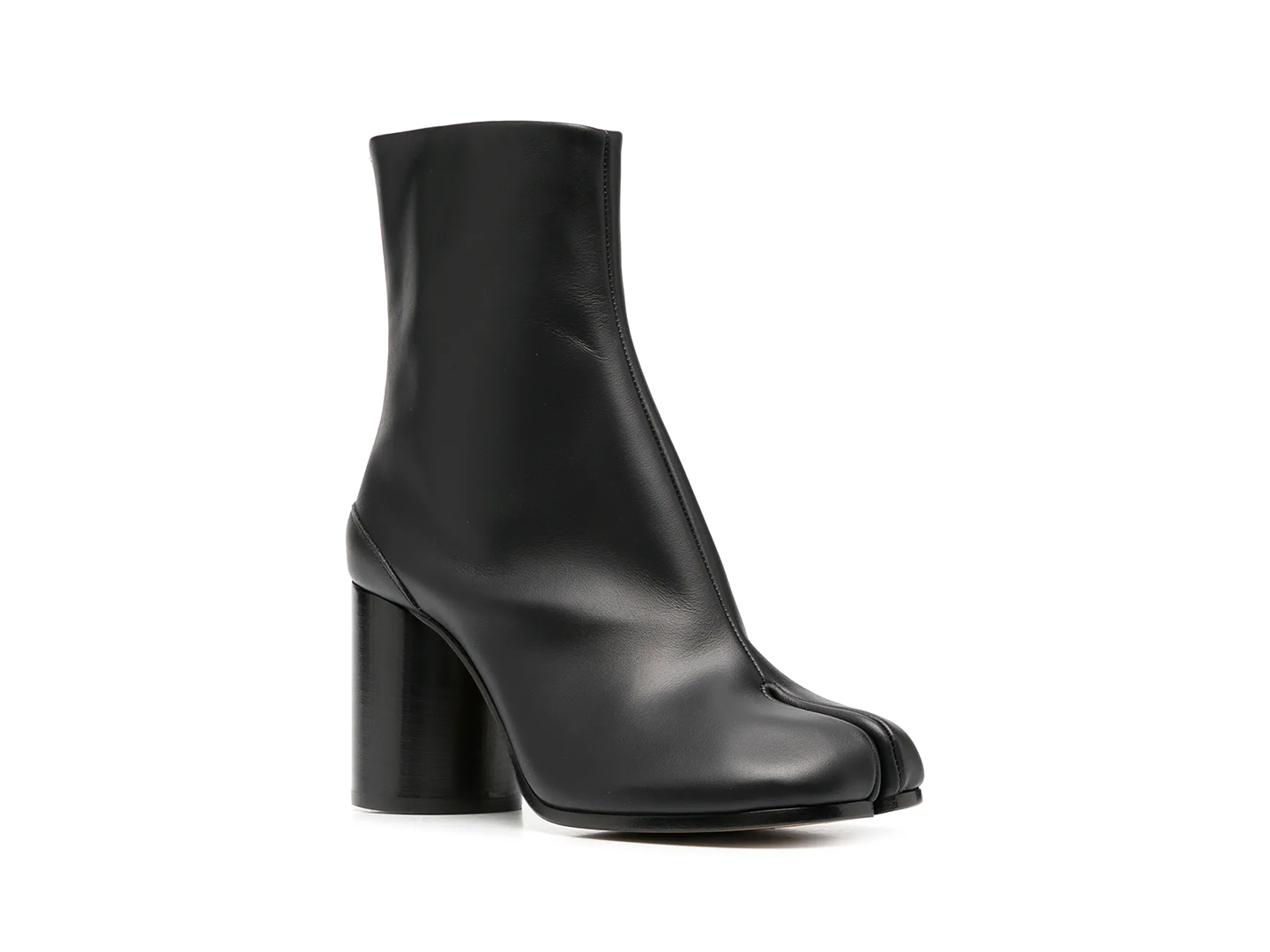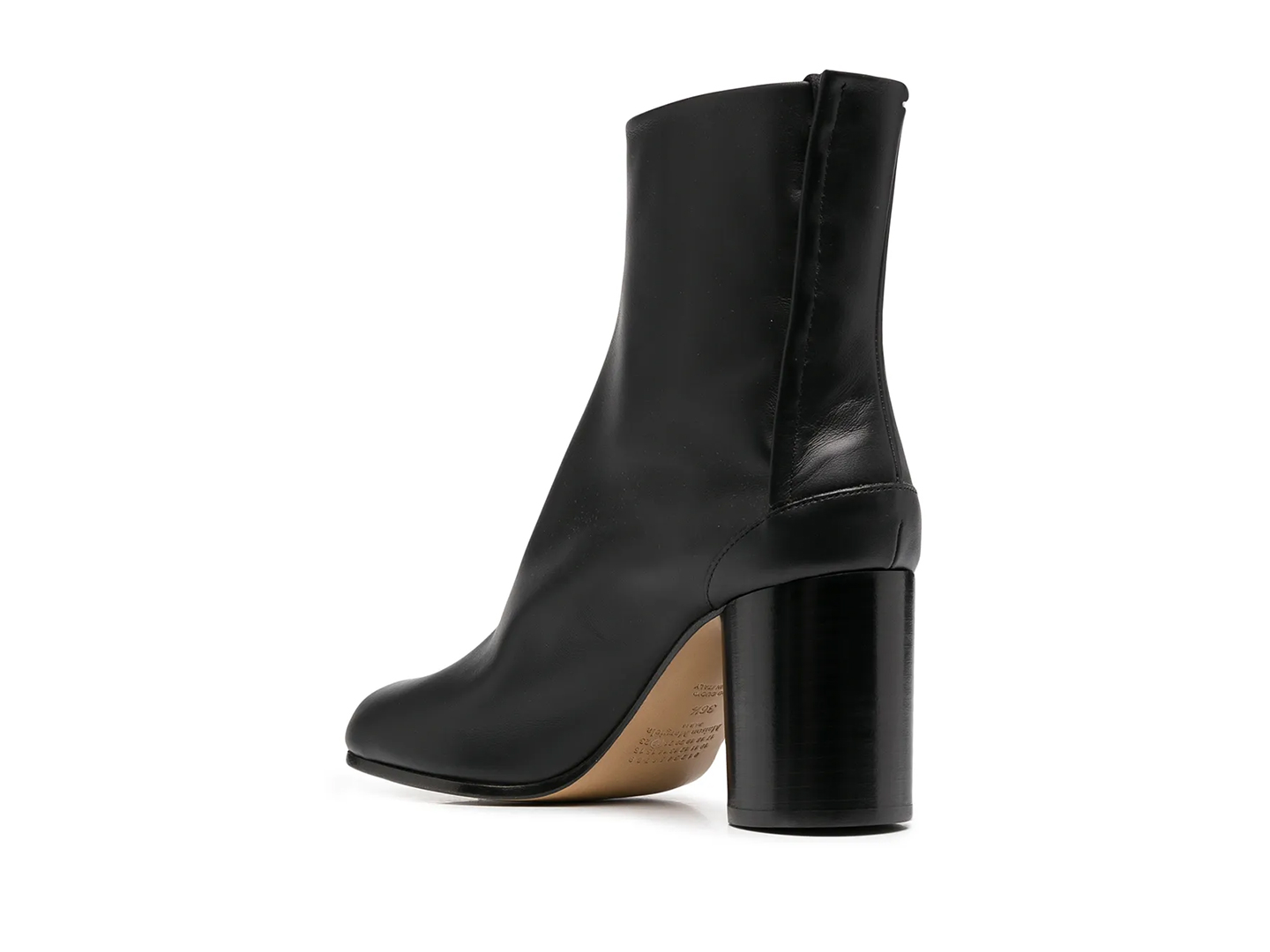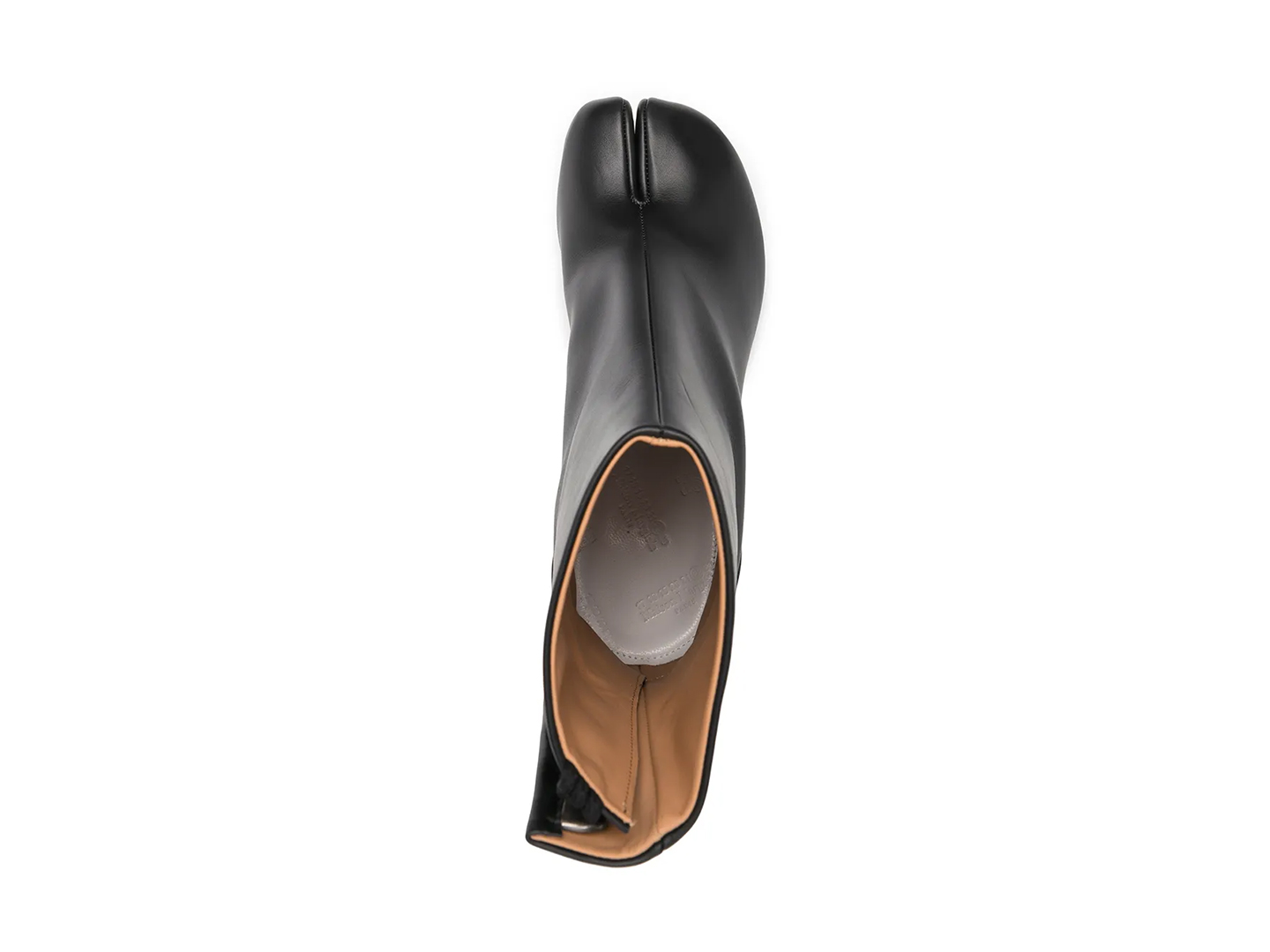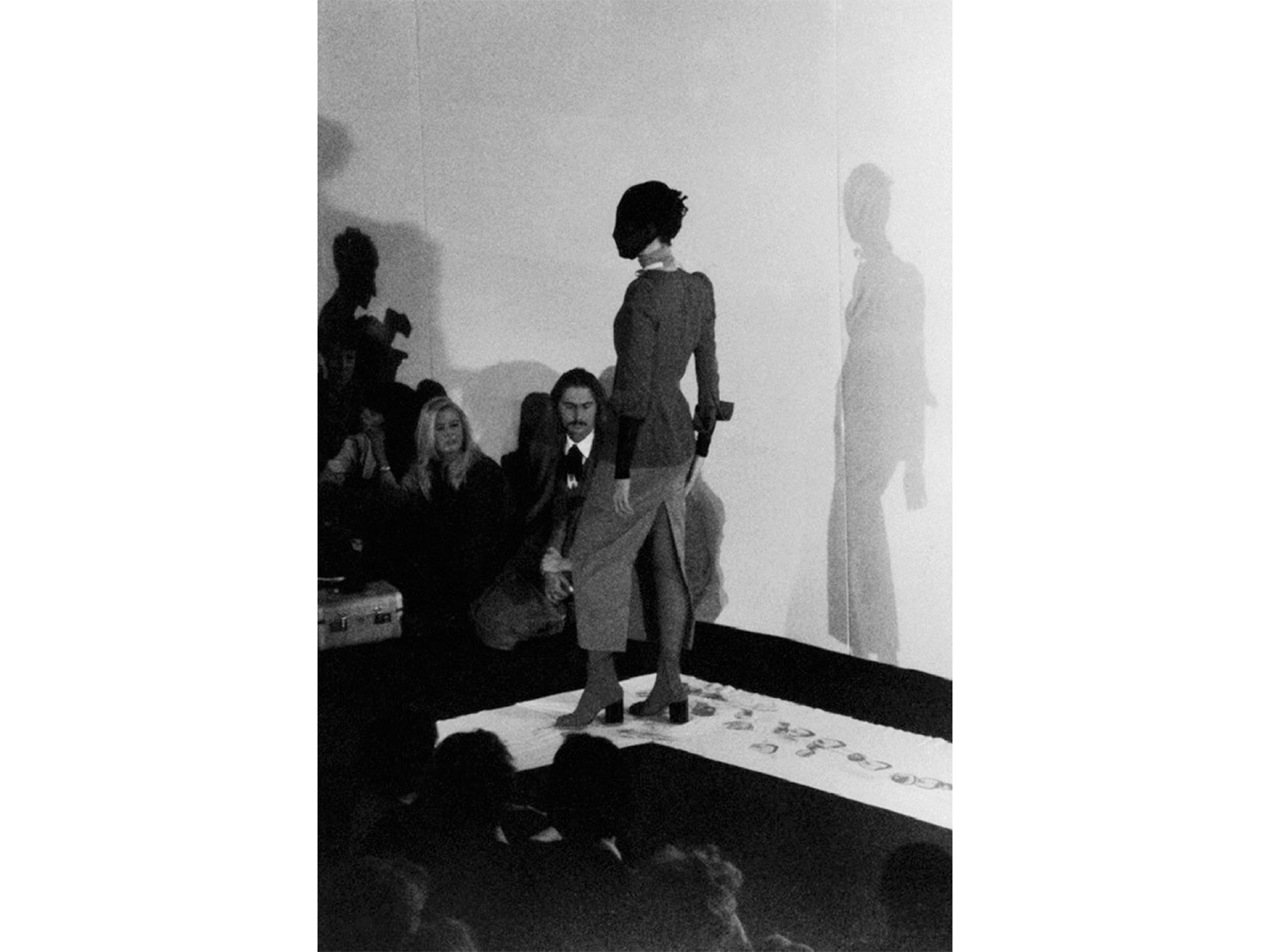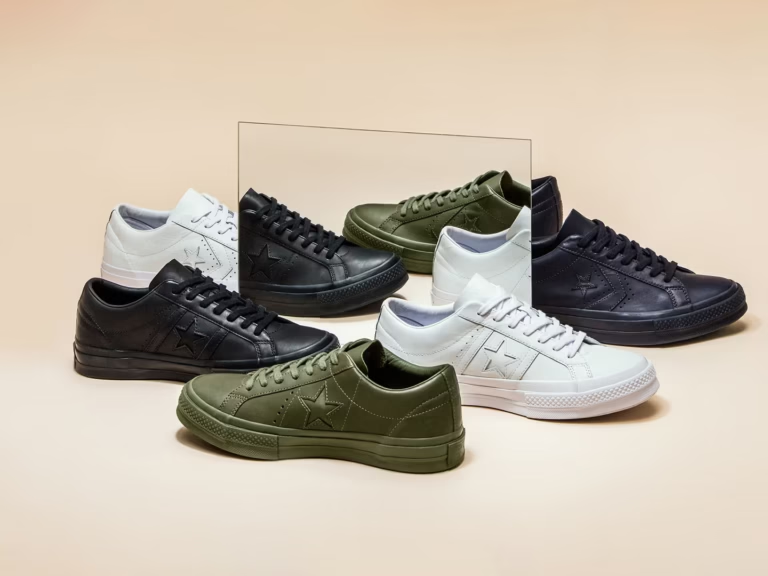Not all innovation in fashion is about new shapes. Some of the most compelling garments today reinterpret the familiar through unexpected materials. Across sportswear, workwear, and luxury, designers are taking well-known silhouettes and giving them new meaning by altering what they’re made of.
1. Umbro x Slam Jam – Chainmail Football Shirt
A soccer jersey reimagined as chainmail. Featured in Slam Jam’s Spring/Summer 2025 campaign, this piece was designed by Giovanni Nordio and crafted from heavy metal chain, with Umbro’s double diamond logo interwoven into the fabric. Although it has not been made available for purchase, it served as a conceptual centerpiece for the collection, investigating uniforms, symbolism, and spectacle. The shirt sits somewhere between medieval armor, clubwear, and athletic ritual, transforming a functional jersey into something symbolic.
2. Blue Blue Japan – Indigo Sashiko Work Jacket
Blue Blue Japan blends two workwear traditions into one garment. The Indigo Sashiko Work Jacket uses sashiko, a traditional Japanese stitching technique originally used to reinforce laborers’ clothing, applied to the familiar French chore coat silhouette. The dense stitching and deep indigo dye give it texture and depth that evolve with wear. This piece does not change form. It shifts meaning through material alone.
3. Stone Island – Reflective Jacket
This technical jacket appears muted under normal light but flares into brilliance when illuminated. Introduced in 1991, the Reflective Jacket uses nylon treated with thousands of microscopic glass beads embedded in resin. Inspired by high-visibility safety gear used by night-shift and roadside workers, the design was part of Massimo Osti’s early material experimentation. It blends function with bold expression, transforming outerwear into a surface that interacts with the environment.
4. Maison Margiela – Tabi Ankle Boot
First introduced in 1988 during the brand’s debut women’s runway show, the Tabi Boot reimagines the traditional Japanese split-toe sock as a leather boot. Inspired by tabi worn by Japanese laborers, the original design featured a mid-height heel and exposed stitching. While the material has remained largely unchanged, the silhouette has become one of the most recognizable in contemporary fashion.
5. Hermès x MycoWorks – Victoria Bag in Fine Mycelium
Hermès partnered with San Francisco-based biotech company MycoWorks in 2021 to create a version of the Victoria travel bag using Fine Mycelium, a leather alternative grown from mushroom roots. The bag’s form and craftsmanship remain intact, but the material represents a quiet shift. Fine Mycelium is cultivated to replicate the texture and strength of animal hide while being entirely bio-based. The result feels classic but subtly reimagined. It does not reject heritage luxury, but instead extends it into a future shaped by new forms of making.
